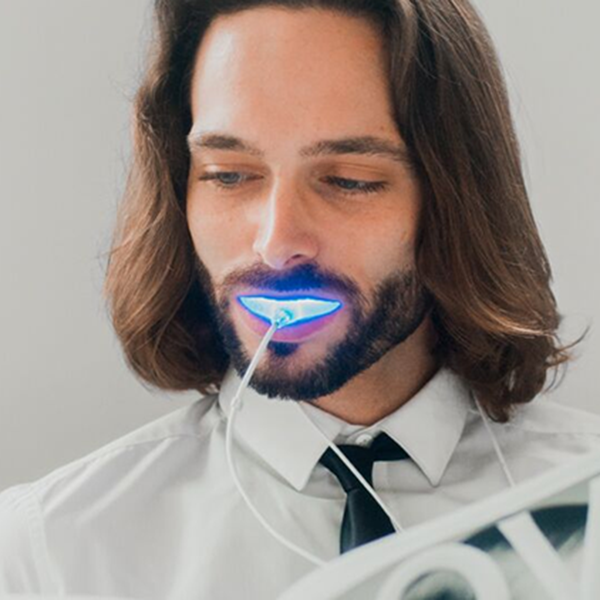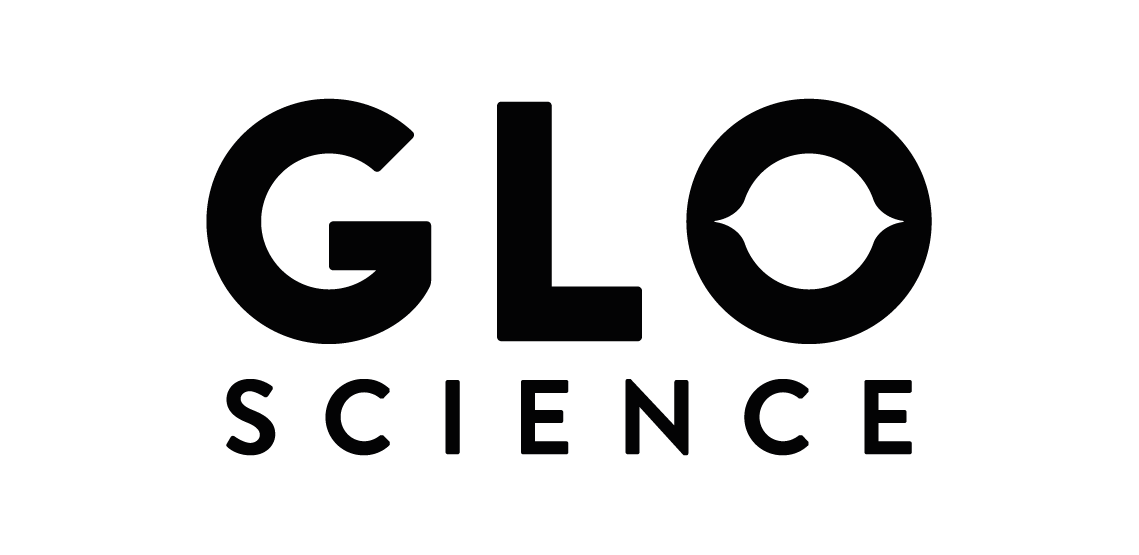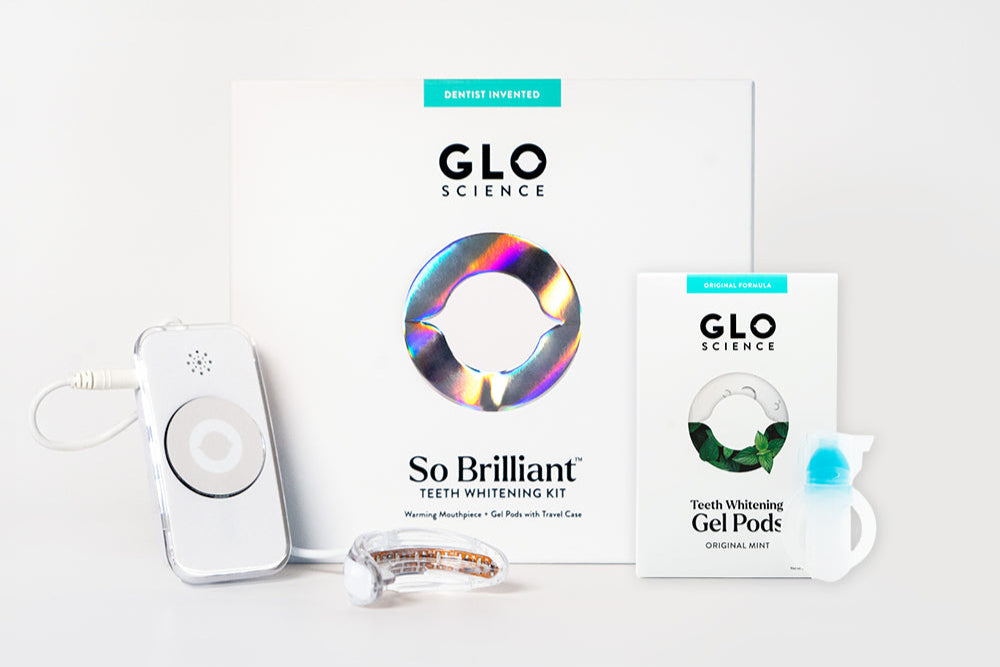
How Does Teeth Whitening Work?
Teeth whitening sounds like its a pretty complicated process, but in reality it is quite simple. To best understand how teeth whitening works, it's essential to understand how teeth get stained in the first place. Your teeth have pores just like your skin. That's how your teeth get stained, and it's also how whitening systems work. Whitening systems penetrate the pores to remove the stains, with stains occurring one of two ways: intrinsically or extrinsically.
In this post we will dive into the two types of stains you can get on your teeth, how teeth whitening works, and factors that influence the effectiveness of teeth whitening. Lets dive in!
Intrinsic vs. Extrinsic Stains
Intrinsic stains lie within the dentin of the tooth, which is the second layer of the tooth beneath the enamel. Because of their location, intrinsic stains are more difficult to remove than stains on the outer surface of the tooth.
This type of staining doesn't come from the food we eat, but is rather a result of factors like aging, genetics, medications, trauma, environment and systemic conditions. Systemic conditions are those that affect the entire body, such as high blood pressure or the flu.
Aging is the most common culprit for changing tooth color. As we get older, the inner pulp of the tooth shrinks and causes the dentin to thicken. This makes the teeth turn yellow. In fact, on average people's teeth darken two shades every decade.
Medications taken while teeth are being formed or to treat oral infections can also cause defects in the enamel, which makes teeth look stained. Tetracycline, which is used for bacterial infections, can turn teeth yellow, brown or dark gray. Excessive exposure to high amounts of fluoride can also turn teeth yellow and dark brown.
Extrinsic stains are on the outside of the tooth, making them easier to remove. They're caused by stain molecules attaching to the sticky layer of bacteria biofilm on the tooth's exterior. Extrinsic stains are often caused by colored foods and drinks like red wine, soft drinks, berries, or tomato sauce. Of course, habits like smoking can also cause extrinsic stains.

How Does Teeth Whitening Work?
The yellow color in tooth stains is caused by double carbon bonds, which absorb light and make teeth appear darker. Single carbon bonds, on the other hand, reflect light and make teeth appear whiter and brighter.
Teeth whitening works by converting double carbon bonds into single carbon bonds. This is done with an active ingredient or whitening agent. Hydrogen peroxide is an effective and safe active ingredient that can vaporize the stain molecules. It's also the active ingredient in GLO Science whitening products.

Factors that Influence Teeth Whitening
An active ingredient, such as hydrogen peroxide, is just one of the factors that influence teeth whitening. There are several primary and secondary factors that result in the most effective, safe and comfortable whitening process.
Primary factors that influence whitening are:
- Hydrogen peroxide concentration
- Exposure time
Secondary factors that influence whitening are:
- Temperature increase
- pH
- Enclosed environment to prevent the escape of whitening oxygens
While a highly concentrated formulation placed on the teeth for an extended period under high heat may provide the most intense whitening results, that combination of factors in a single sitting can also result in extreme pain and sensitivity. This is why GLO Science Professional whitening services offered in dental practices nationwide uses patented GLO device technology that combines the optimal safe level of gentle warming heat for accelerated whitening results without sensitivity.
Temperature plays a role in teeth whitening by accelerating the reaction rate. Adding the right amount of gentle heat results in shorter whitening sessions and better results. As you also learned, too high a temperature with too long an exposure time can cause sensitivity. The safest way to achieve the most efficient results is with a temperature below 128 degrees Fahrenheit.
How Does Professional Teeth Whitening Work?
Teeth whitening done under the supervision of a trained professional often uses a higher concentration of hydrogen peroxide with higher heat for a single session. Professional heat lamps are frequently used along with dental trays to create a closed environment. It typically involves a single sitting of high intensity whitening. As noted earlier, this can result in extreme sensitivity. This is why GLO Science Professional Teeth Whitening available in dental practices does not use high-intensity lights. It instead uses GLO's patented combination of optimal, gentle warming heat acceleration combined with safe LED light and whitening gel with a higher concentration of hydrogen peroxide that can only be applied by a dental professional.
How Does At-Home Teeth Whitening Work?
GLO Science at-home teeth whitening uses hydrogen peroxide whitening gel in a concentration that is safe for home use and combines it with gentle warming heat acceleration and a series of sessions over a period of days. The GLO Brilliant kit and use closed environments with mouthpieces that deliver the warming heat acceleration and whiten the top and bottom teeth at the same time. For quick touch-ups between full whitening sessions, you can use GLO gel without the device-no strips needed since the gel sticks onto your teeth where it penetrates and evaporates as it lifts stain.
Knowing how teeth whitening works can help you choose the process and product that works best for you. If you want to give an at-home treatment a go, you can try GLO products risk-free with a 30-day money-back guarantee. Shop for teeth whitening products to use at home and brighten your smile!







